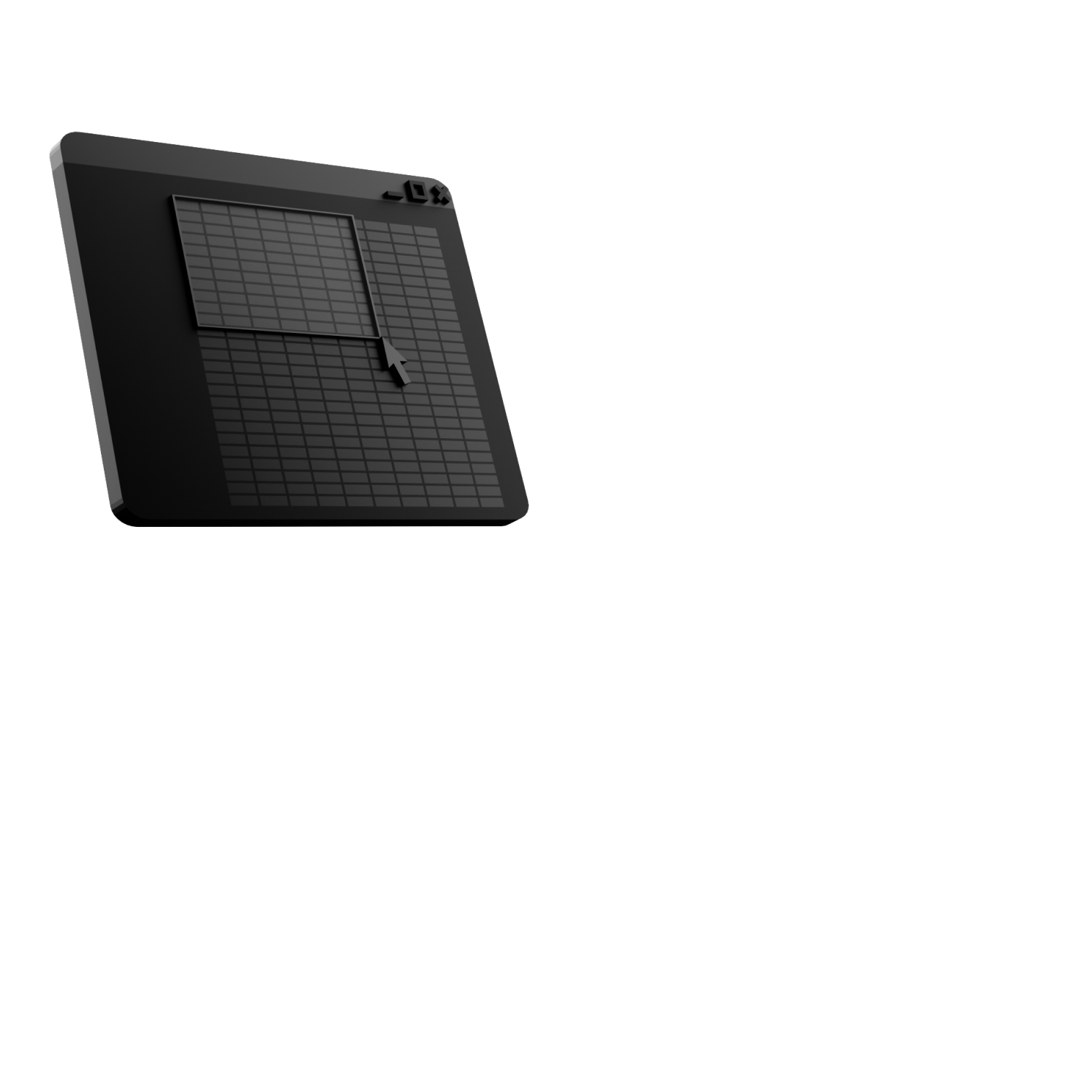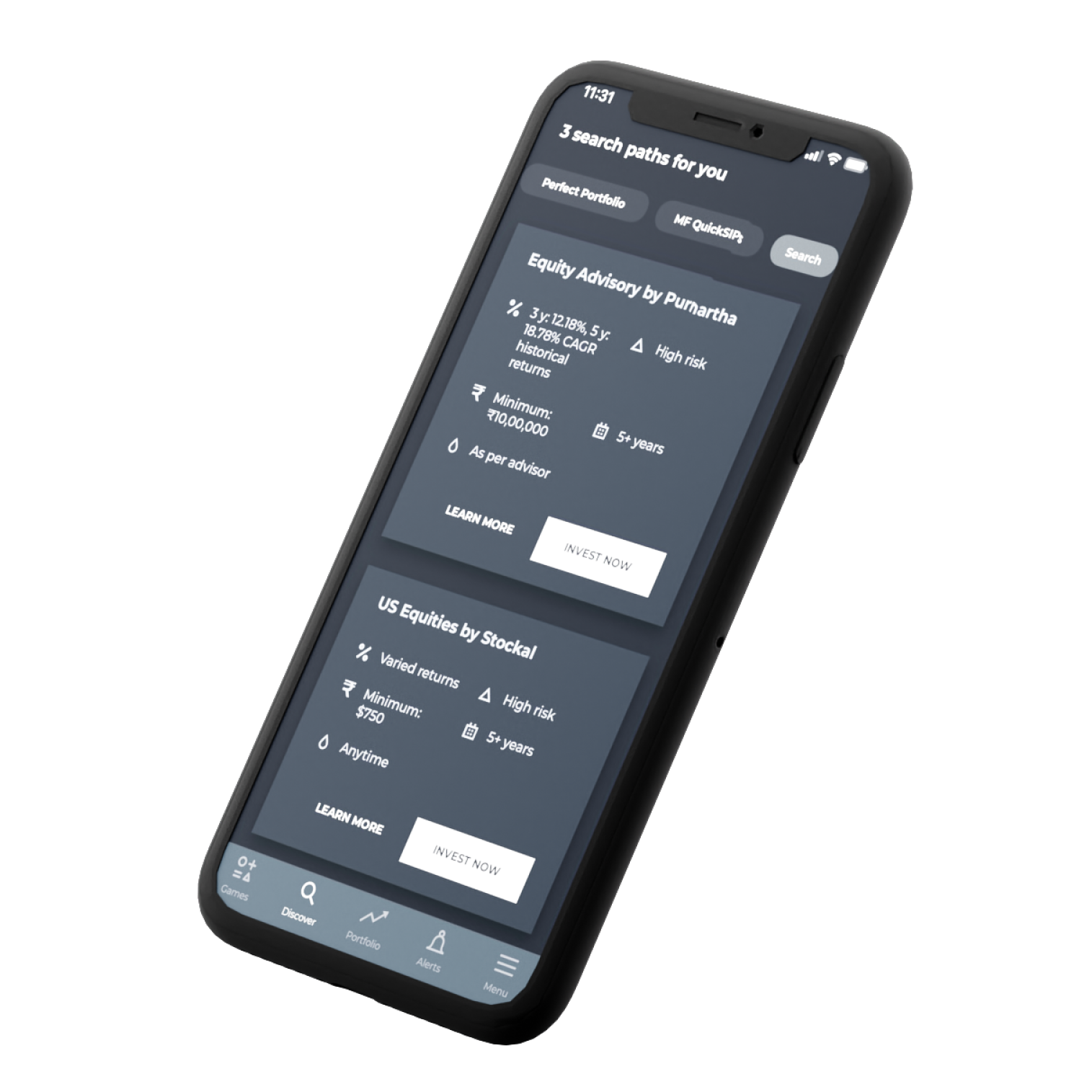

Retirement planning is an important component of financial management that involves serious thought and smart decision-making. Target-date mutual funds have evolved as a popular and successful choice among the various investing options available for consumers seeking a streamlined approach to creating a retirement nest egg. In this article, we will look at the major characteristics and benefits of target-date mutual funds, as well as why they have become a popular choice for retirement planning.
A target-date fund, also known as a lifecycle or retirement fund, is an investment instrument that is meant to make saving for retirement easier. It is often offered by financial businesses such as asset management firms or retirement plan providers as a mutual fund or exchange-traded fund (ETF).
The main idea behind target-date funds is to offer clients a diversified portfolio that automatically changes its asset allocation based on their desired retirement date. Each fund's name includes a goal year, such as "2050 Fund" or "2035 Fund." The goal year is the year in which the investor plans to retire.
One of the most important characteristics of target-date funds is their asset allocation technique. The first time an investor contributes to a target-date fund is frequently decades before the planned retirement date. During this phase, the fund's allocation to equities or stocks is larger, as they are regarded as more aggressive and growth-oriented assets. The increased allocation to stocks is intended to promote long-term financial appreciation.
Target date funds are investment vehicles that provide a diversified portfolio centred on a certain retirement year. As the target date approaches, these funds automatically change their asset allocation to become more conservative. Here's a quick rundown of how target date funds commonly modify their allocation:
Early Years: When the goal date is many years away, such as 30 or 40 years, the fund's allocation is often significantly weighted towards growth-oriented assets such as stocks or shares.
Mid-Years: As the goal date approaches, which is generally 20 to 30 years away, the fund progressively shifts its allocation. As fixed-income assets such as bonds and cash equivalents are added to the portfolio, the percentage of stocks may begin to decline.
Final Years: As the target date approaches, generally within ten years, the fund becomes more cautious. The allocation leans even more towards fixed-income assets and cash equivalents while decreasing exposure to equities.
Post-Retirement: After the goal date has been achieved, the fund's allocation may continue to evolve. Some target-date funds keep a fixed allocation after retirement, while others gradually lower their exposure to stocks over time. Depending on the fund provider, the particular approach may differ.
It should be noted, however, that various target-date funds may use different methods for asset allocation and rebalancing. Some funds' glide paths, which refer to the rate and timing of modifications, may be more aggressive or cautious. Before investing in a target-date fund, investors should read the prospectus and understand the fund's investment strategy. You may also consult a Cube Wealth Coach on the Cube Wealth App before investing in any such vehicle.
Target date funds are investment vehicles that automatically alter their asset allocation depending on an investor's desired retirement date over time. These funds have both advantages and disadvantages, which are discussed below:
Target date funds have limited adjustability since they follow a predefined glide path depending on the retirement date. This one-size-fits-all strategy may not be compatible with an individual's risk tolerance or investing goals.
Choosing the best target date fund for your retirement objectives is a critical choice that must be carefully considered. Target date funds are investment funds that automatically alter their asset allocation as your retirement date approaches. They are usually organised as a diverse portfolio of stocks, bonds, and other assets that gets more conservative over time.
Please keep in mind that it is recommended at Cube that you focus on other variables other than the ones listed above in order to avoid financial loss.
Risk management in target-date funds requires a careful balance of asset allocation and risk exposure adjustment over time. Intended date funds automatically alter their investment mix based on an investor's intended retirement date, leaning towards more conservative assets as the date approaches. This helps to reduce the risk of market volatility as investors approach retirement.
Furthermore, fund managers constantly evaluate and rebalance the portfolio in order to maintain the intended risk level and verify that it matches the fund's investment goals. Regular communication and education regarding the fund's strategy and risks are also important in managing investor expectations and promoting informed decision-making.
Ans. A target-date mutual fund is a form of investment vehicle that helps investors plan for retirement. It is constructed to automatically modify its asset allocation over time based on the desired retirement date and is also known as a target retirement fund or lifecycle fund. Each target date fund is named after a certain retirement date, such as "Target Date 2050" or "Retirement Fund 2045." This date relates to the year in which an investor intends to retire.
Ans. The asset allocation of the fund is meant to grow more cautious as the goal date approaches. In the early years, the fund's allocation to stocks or riskier assets is larger in order to create better returns. As the goal date approaches, the allocation switches to more conservative assets such as bonds and cash in order to preserve capital.
Ans. There are various aspects to consider when selecting a target date fund for your retirement objectives to ensure it meets your individual needs and preferences. Retirement time frame, risk tolerance, asset allocation, fund fees, and fund performance are the primary concerns.
Ans. Individuals preparing for retirement may find target-date mutual funds to be a handy investing option, but they do have certain downsides and dangers. Here are some things to think about:
Ans. Yes, you may diversify your retirement portfolio by investing in different target-date funds. Target date funds are intended to offer a diversified investing strategy focused on a certain retirement date or time horizon. They are usually a combination of equities, bonds, and other assets that progressively change to a more conservative allocation as the target date approaches.
Finally, target-date mutual funds can be a useful retirement planning tool. These funds provide a straightforward and hands-off approach by automatically adjusting their asset allocation depending on the anticipated retirement date over time. As you come closer to retirement, this helps you minimise risk and optimise returns. However, it's important to note that target-date mutual funds are not a one-size-fits-all solution. It's crucial to carefully evaluate the fund's investment strategy, fees, and historical performance before making a decision. Additionally, you can download the Cube Wealth application on the Cube Wealth App for better guidance regarding the selection of investment strategies and funds.
Other Blogs You May Like:






on stock picking, poring over excel sheets, financial news, analyzing market trends, tracking the Sensex, researching company fundamentals, comparing mutual funds, reading financial reports, trying to predict the future & losing your sanity!